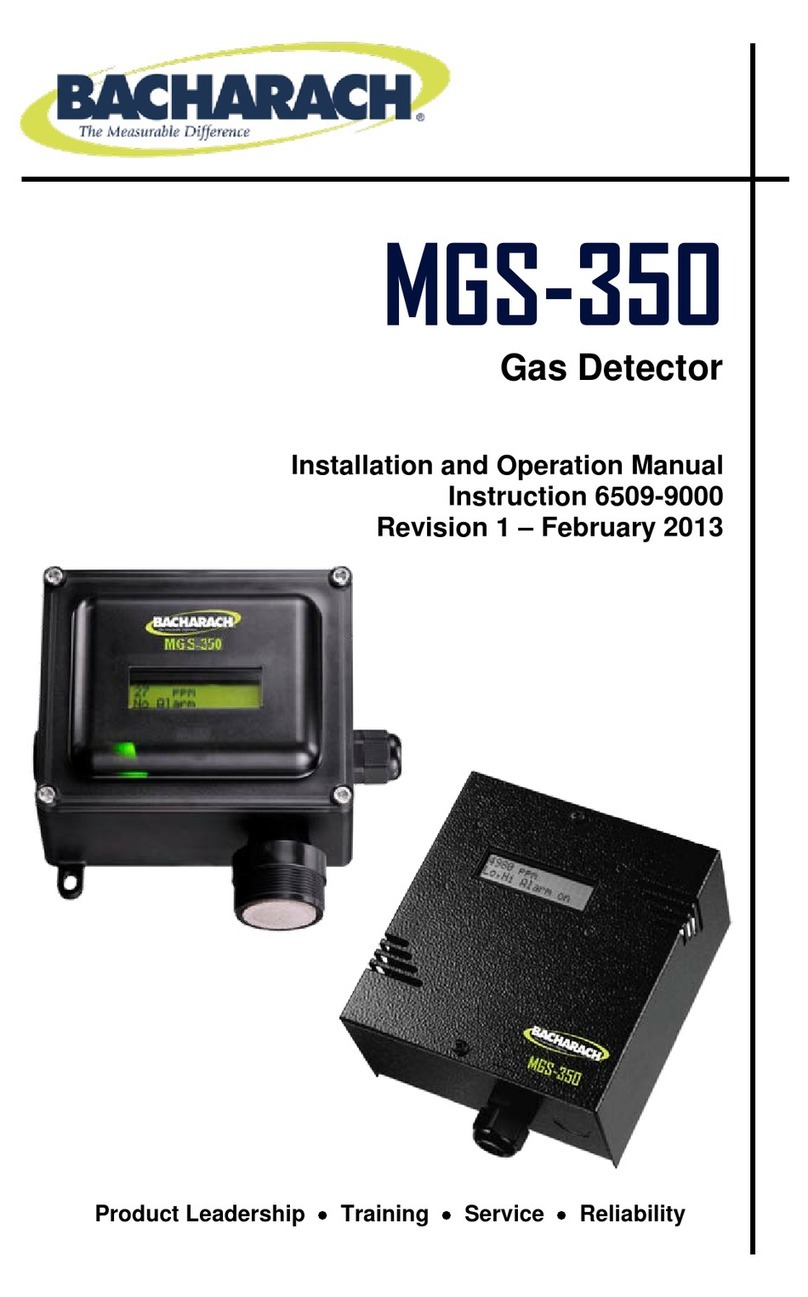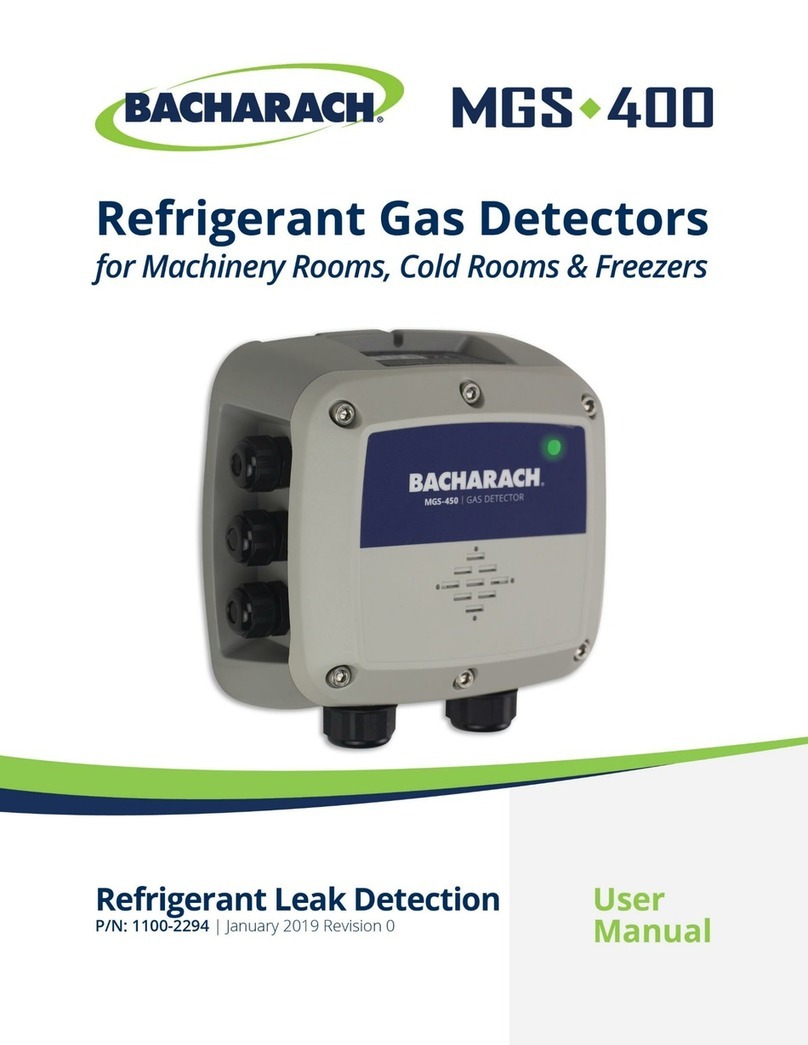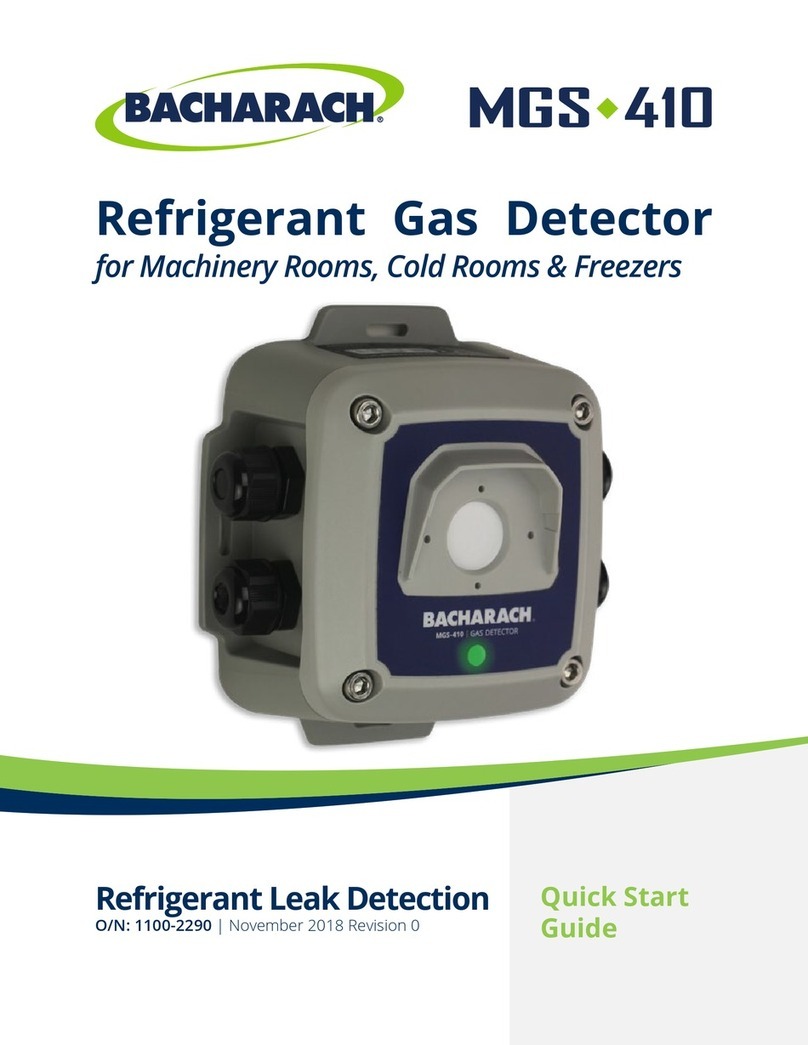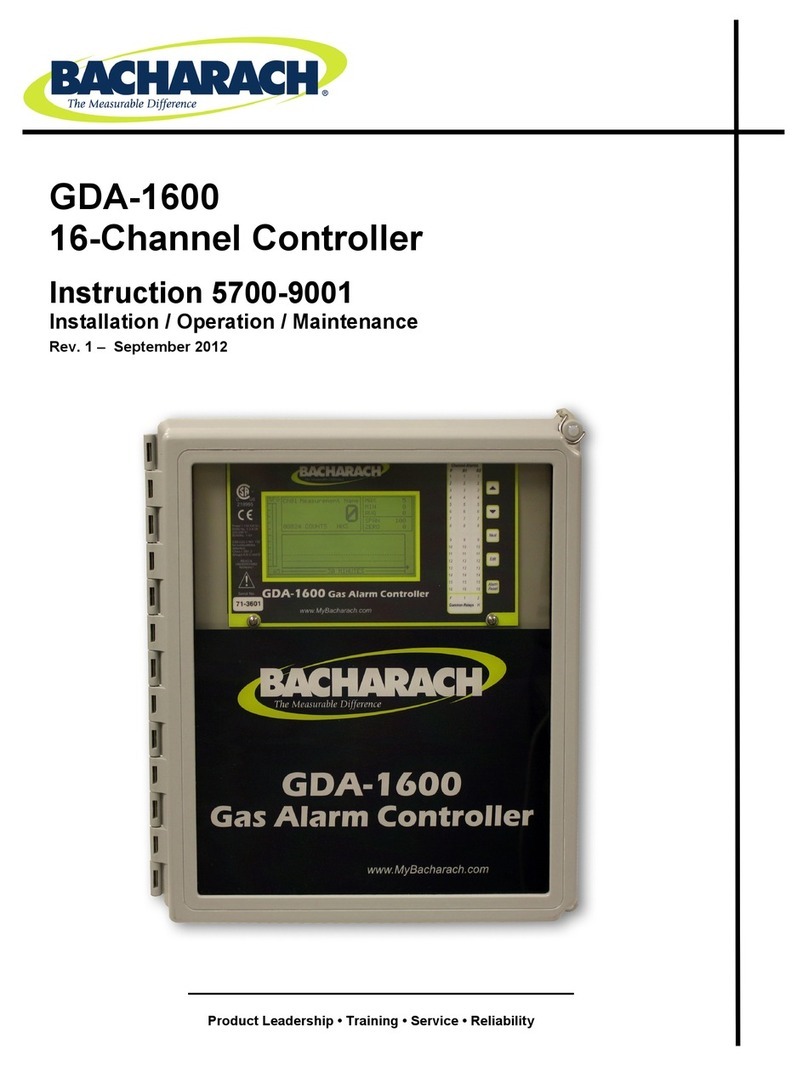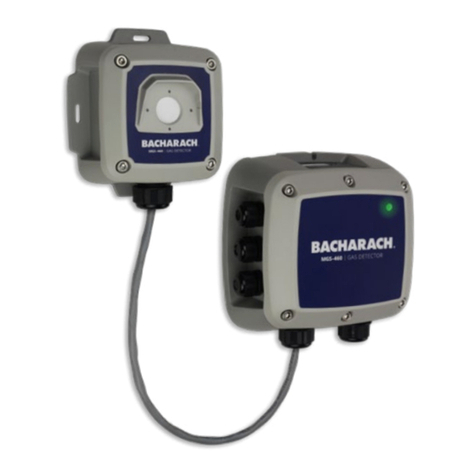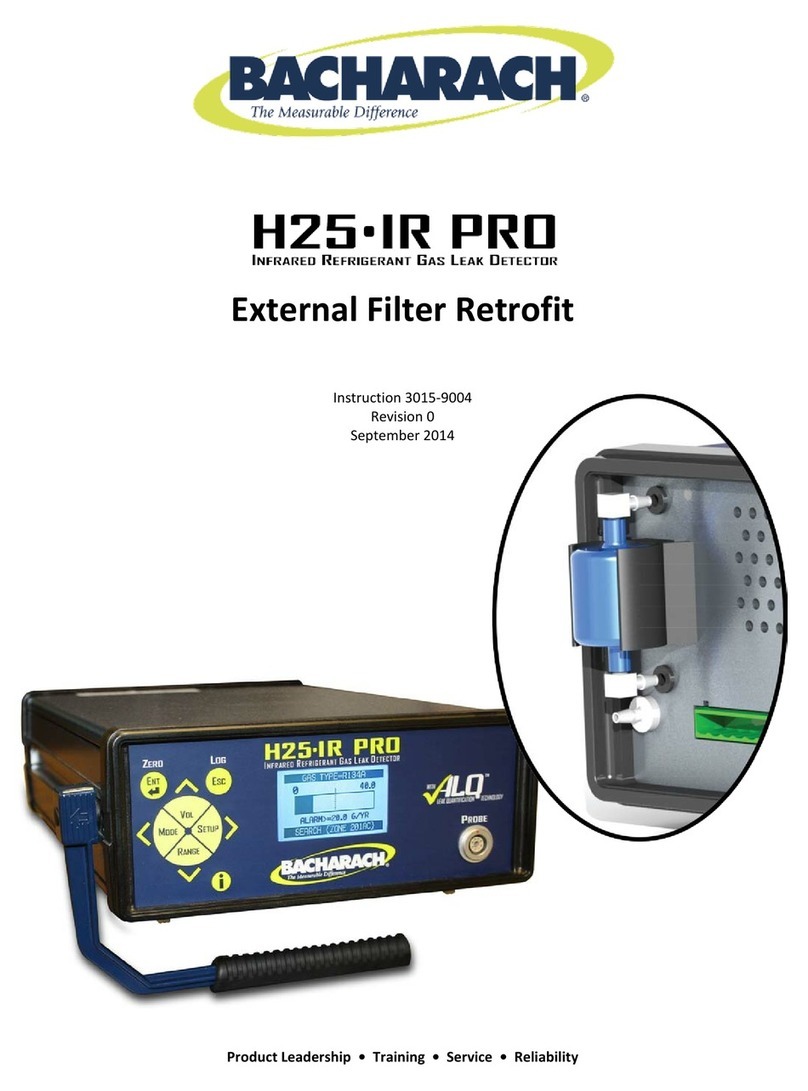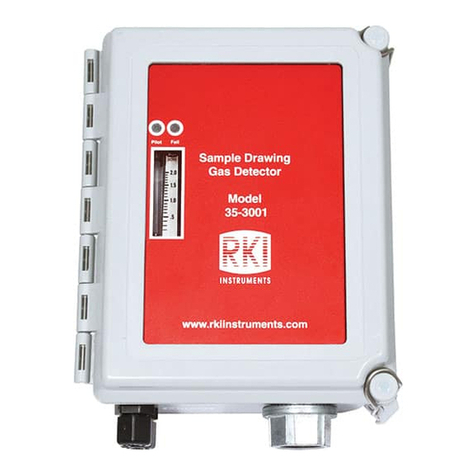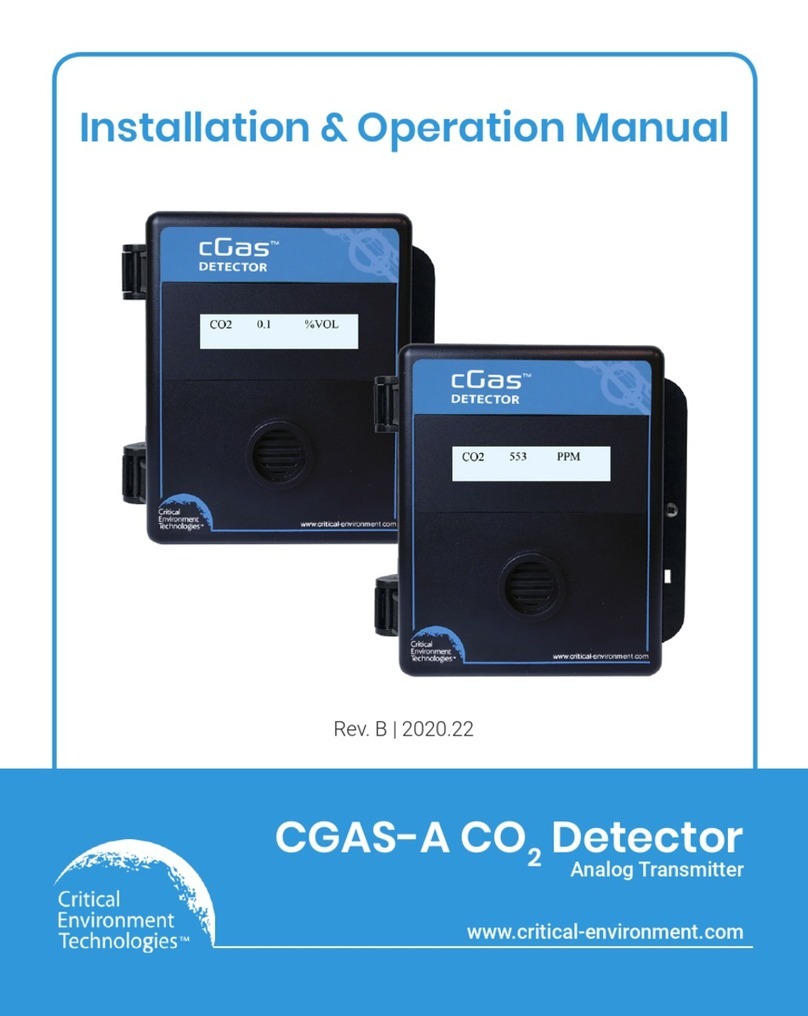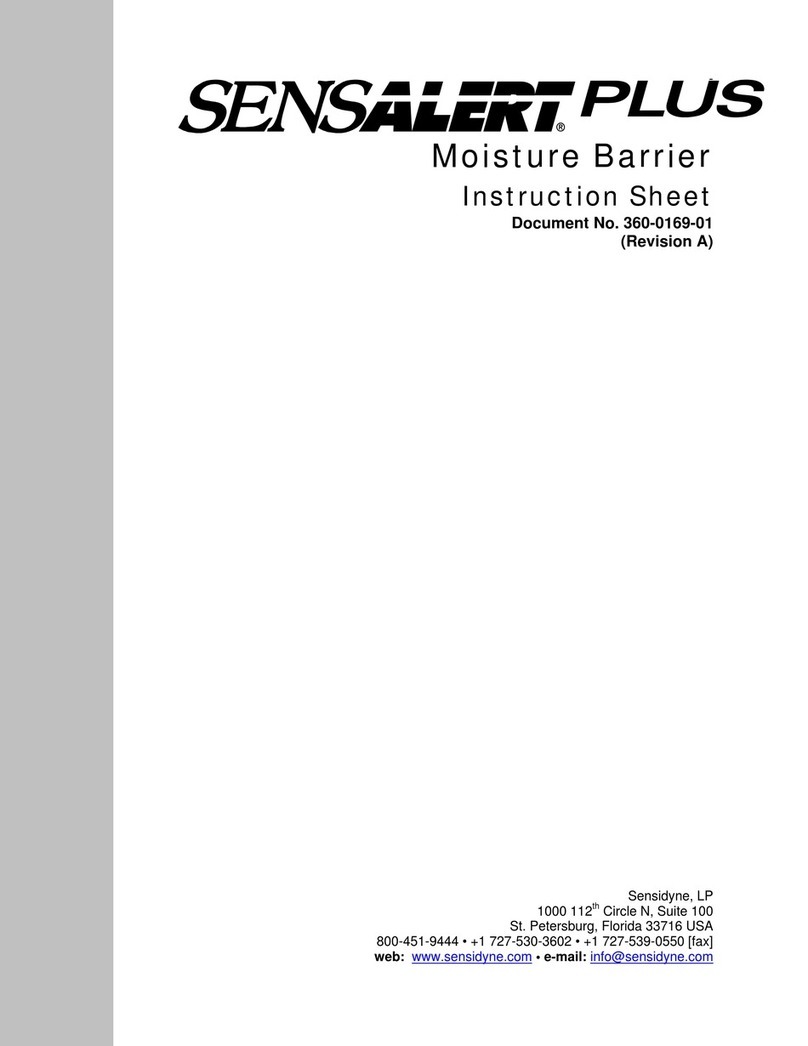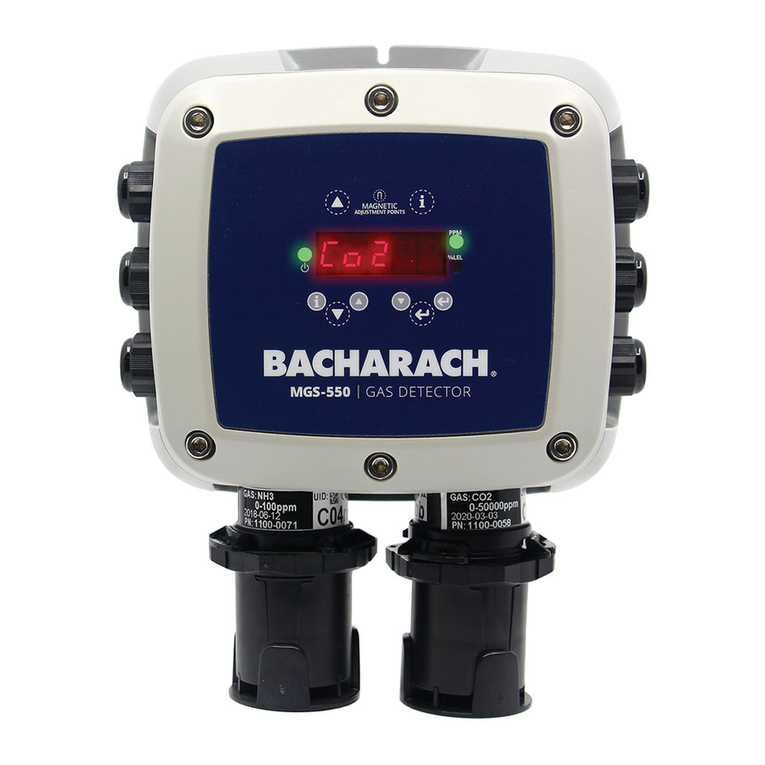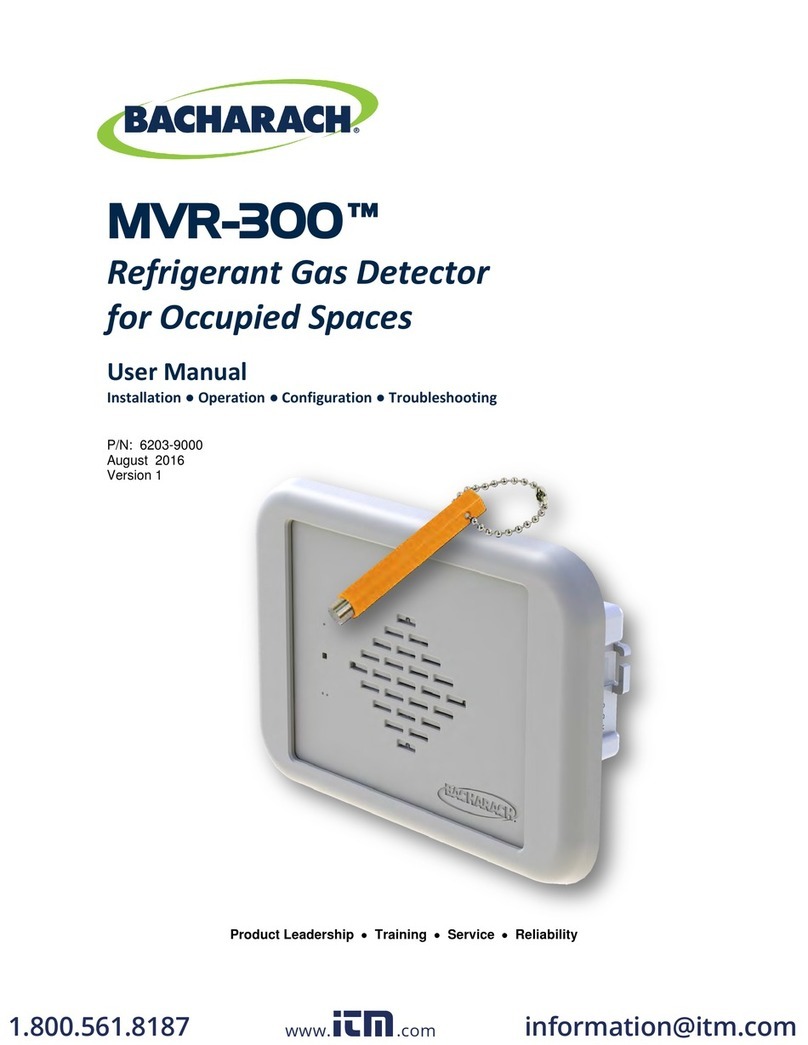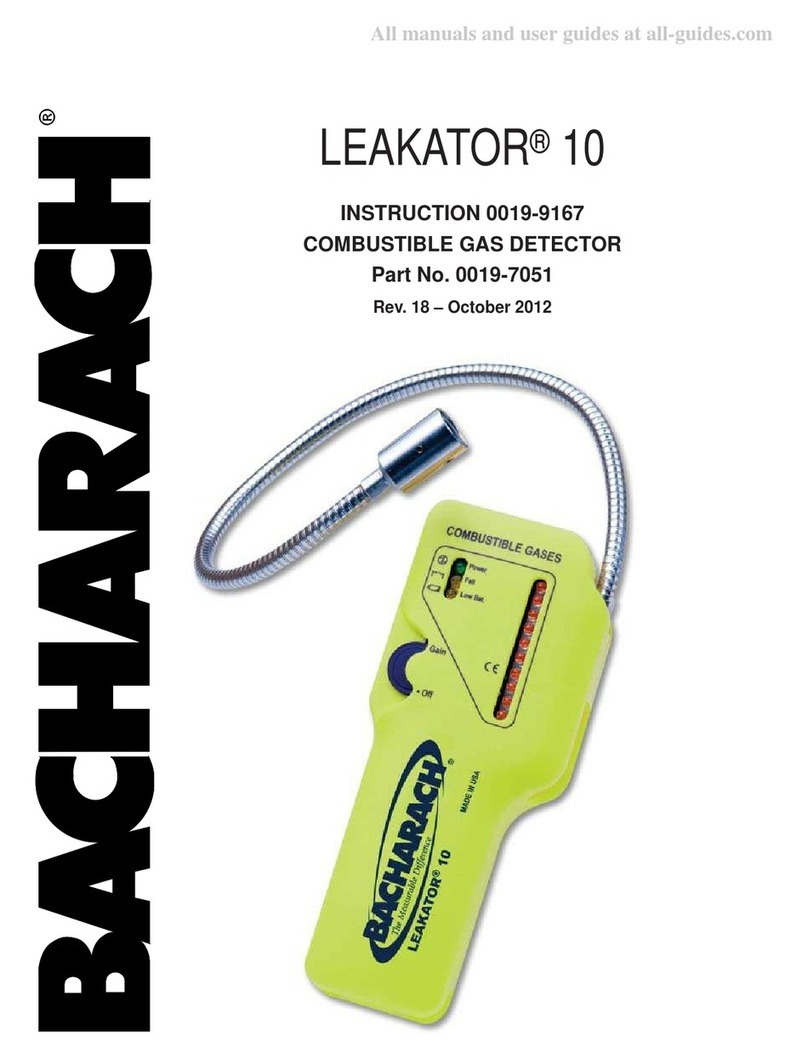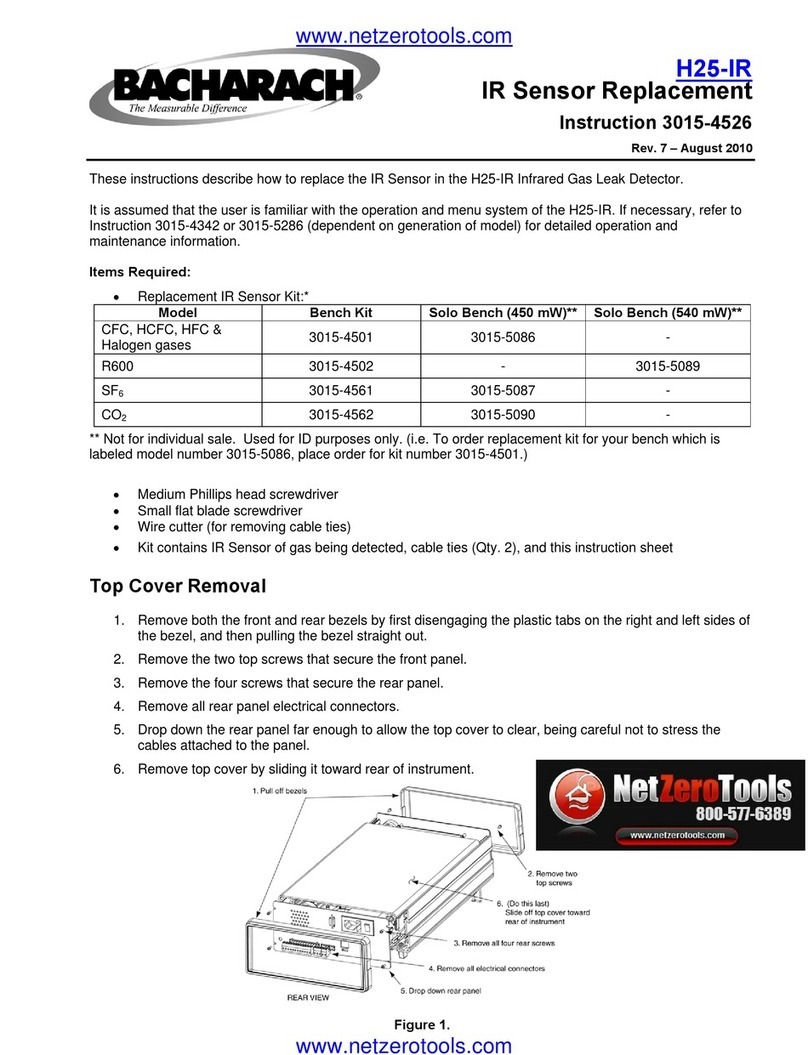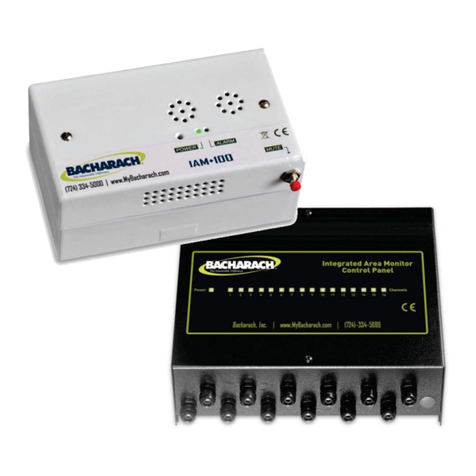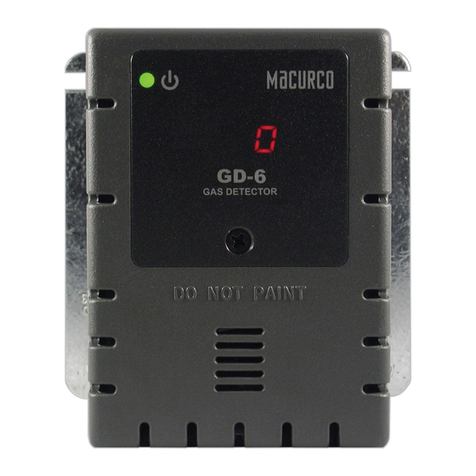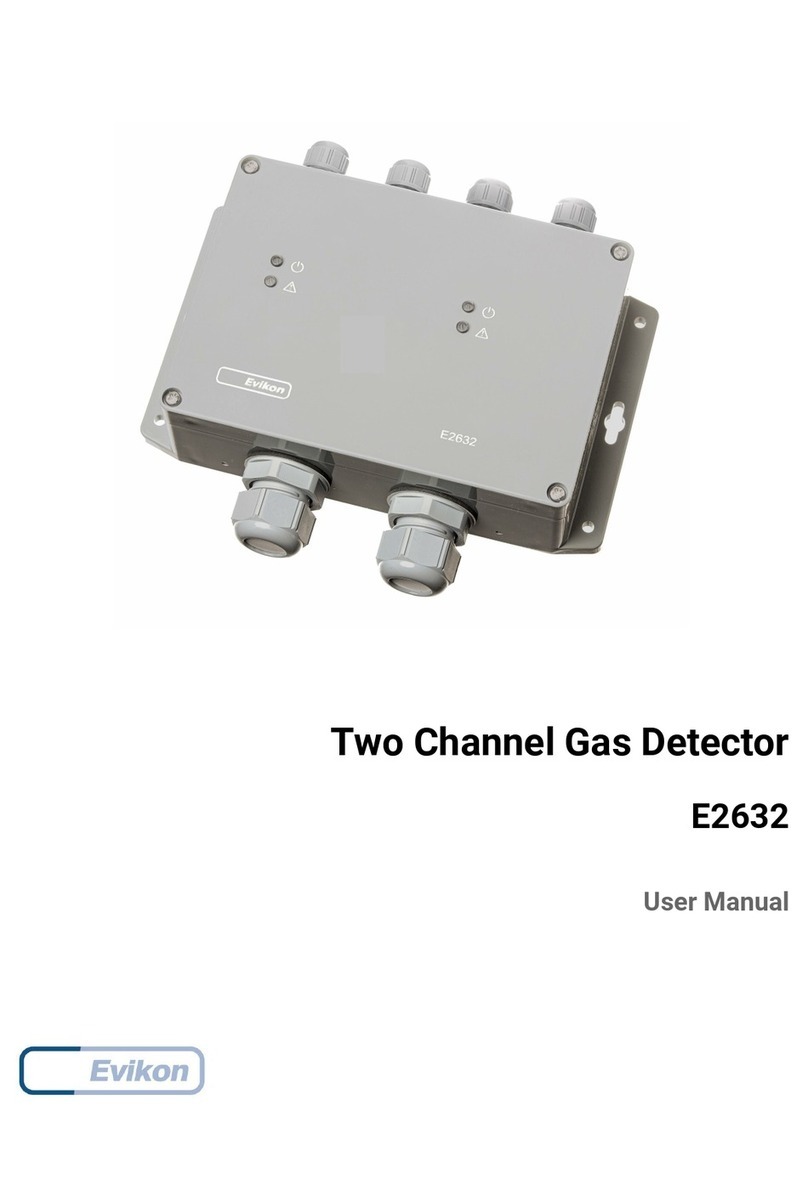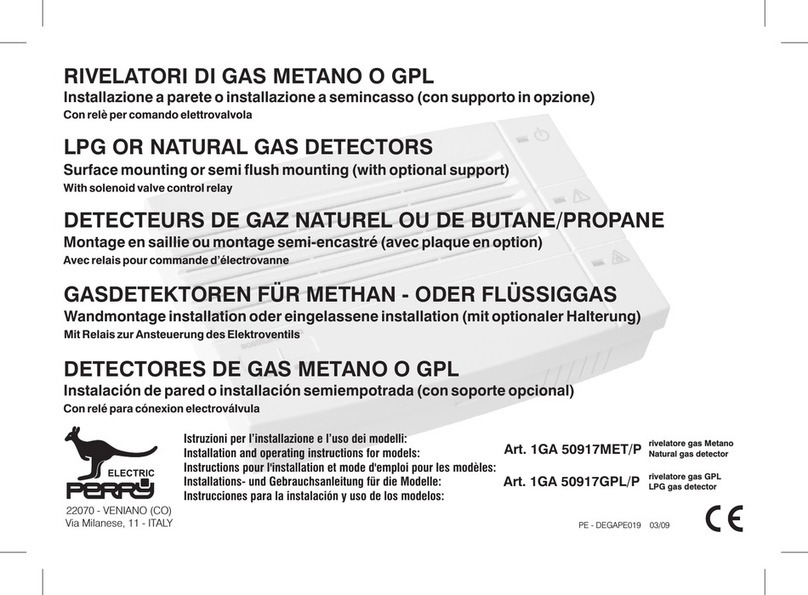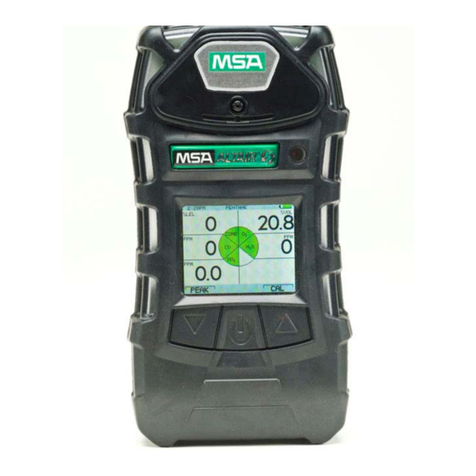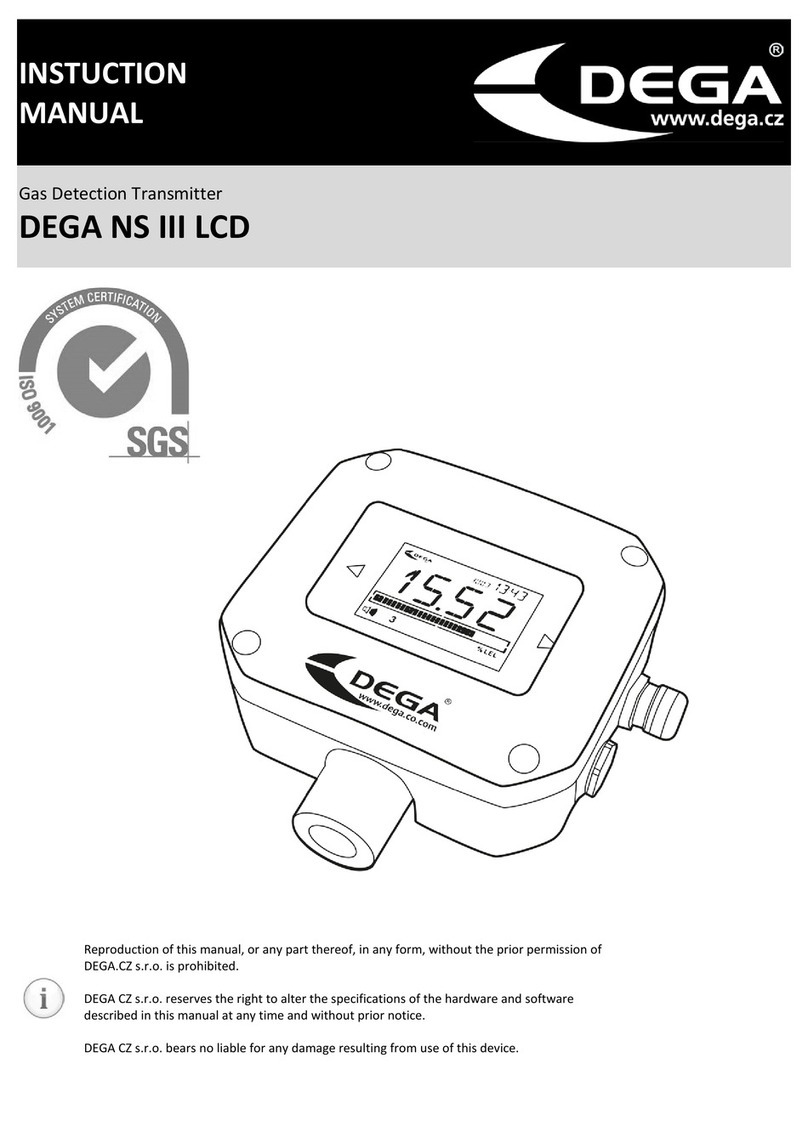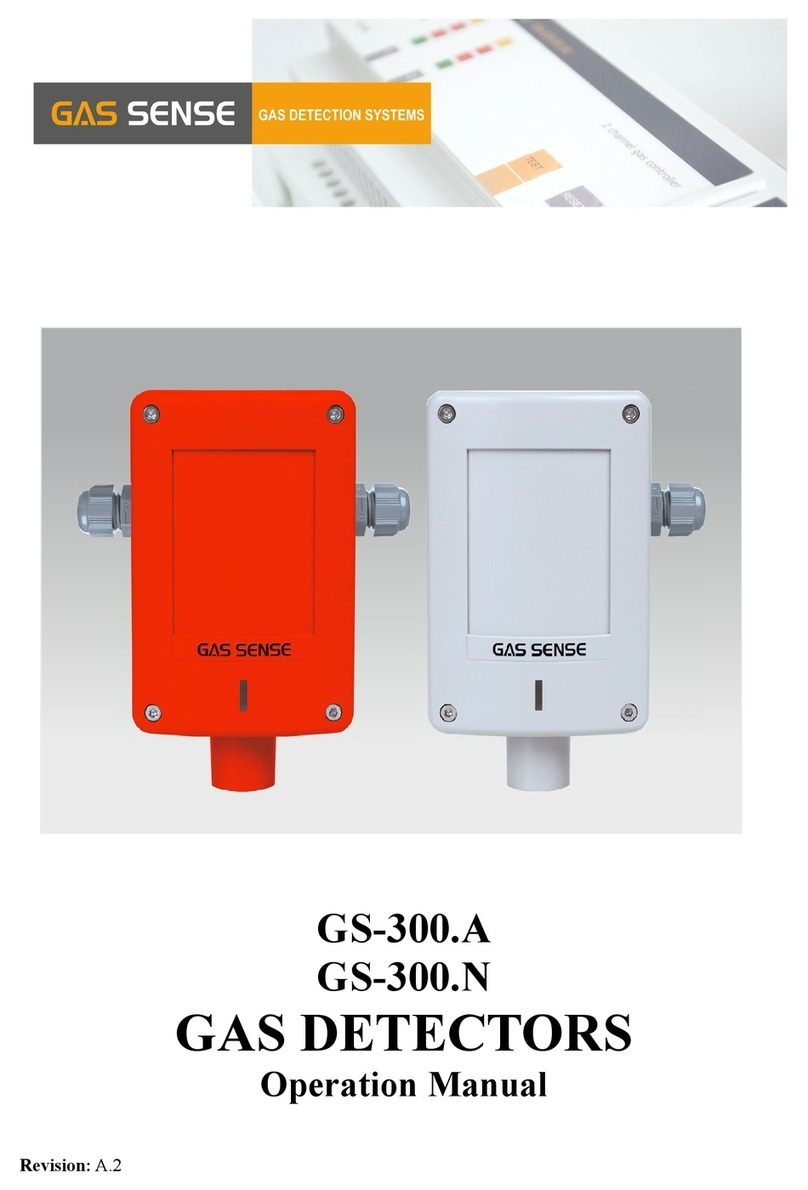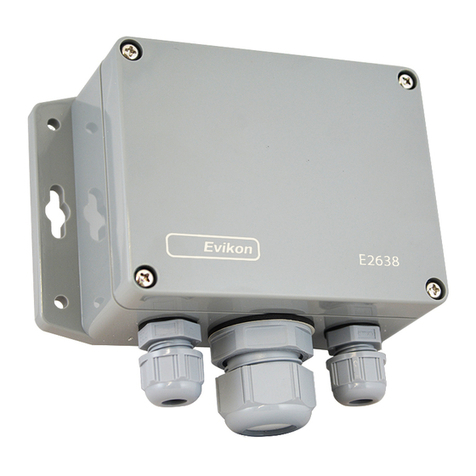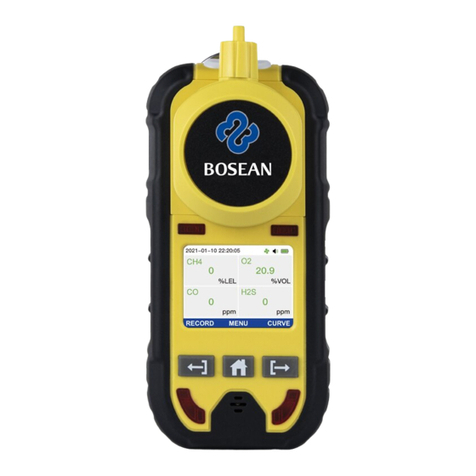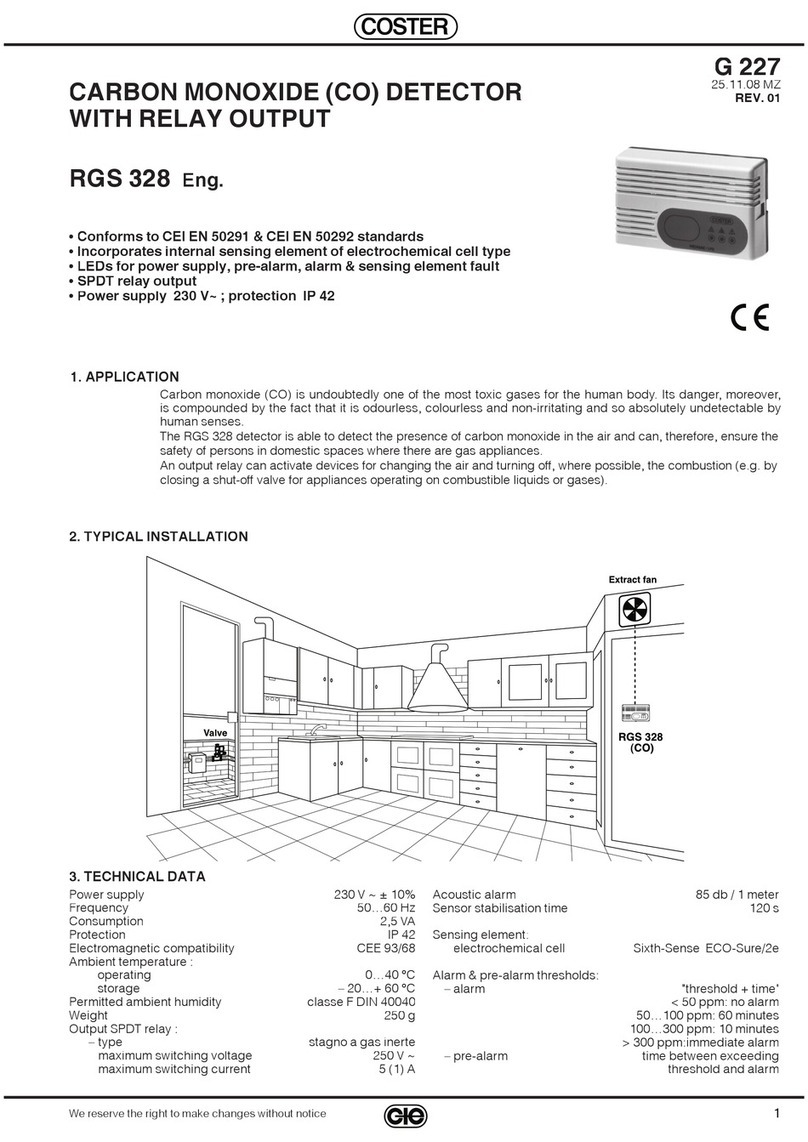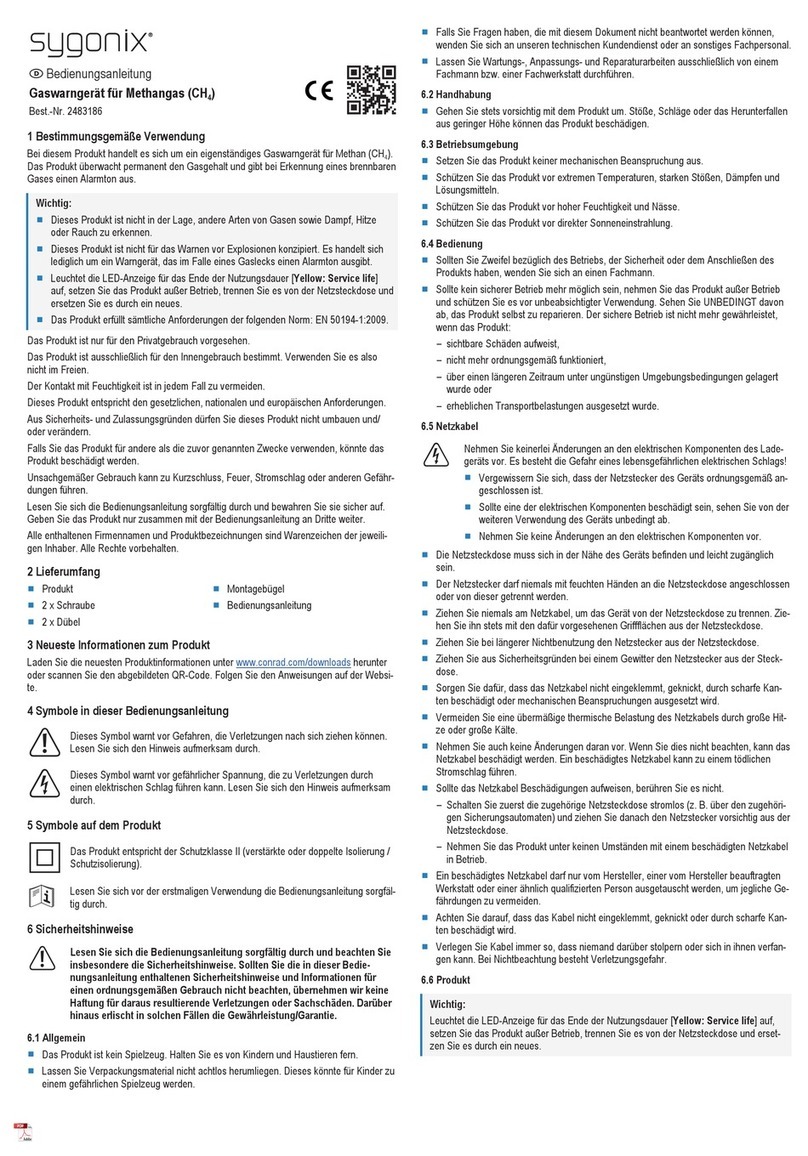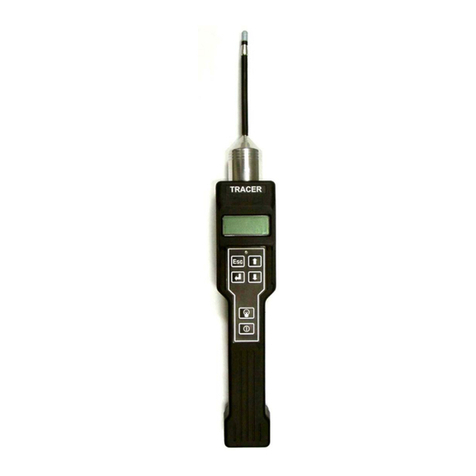
MGS-250 Manual
6490-9000 Revision 4 5
Table of Contents
SECTION 1. INTRODUCTION ........................................................................9
1.1. Overview ...................................................................................................... 9
1.2. Detection Options ........................................................................................ 9
1.2.1. Broadband vs. Gas Specific ................................................................ 9
1.2.2. Broadband Gas Detection ................................................................ 10
1.2.3. Detecting Specific Gases .................................................................. 11
1.3. Remote Controller Options ........................................................................ 15
1.4. Parts List..................................................................................................... 15
1.5. Specifications ............................................................................................. 16
SECTION 2. MOUNTING THE GAS DETECTOR.............................................17
2.1. Warnings and Prerequisites ....................................................................... 17
2.2. Mounting Locations ................................................................................... 17
2.2.1. General Placement Guidelines......................................................... 17
2.2.2. Machinery Rooms ............................................................................ 18
2.2.3. Refrigerated Spaces ......................................................................... 18
2.2.4. Chillers ............................................................................................. 19
2.3. Mounting Procedure .................................................................................. 19
SECTION 3. WIRING AND CONFIGURATION............................................... 22
3.1. Overview .................................................................................................... 22
3.2. Wiring Supply Power (24VAC or 24VDC).................................................... 23
3.3. Wiring Alarm Output (Analog Signal)......................................................... 25
3.4. Wiring the Digital Alarm Output Relay....................................................... 26
3.5. Modbus Network Configuration ................................................................ 27
3.6. Conclusion.................................................................................................. 29
SECTION 4. OPERATION AND STABILIZATION............................................30
4.1. Power Up and Warmup.............................................................................. 30
4.2. Stabilization................................................................................................ 30
4.3. Perform a Manual Zero .............................................................................. 30
4.4. Alarms ........................................................................................................ 31
4.5. Gas Detector Faults.................................................................................... 31
4.5.1. Overview .......................................................................................... 31
4.5.2. Non-Critical Faults............................................................................ 31
4.5.3. Critical Faults.................................................................................... 32
SECTION 5. CONFIGURE THE GAS DETECTOR............................................. 33
5.1. User Interface Overview ............................................................................ 33
5
10
15
20
25
30
